A Roundup Review of the Best Deep Learning Books
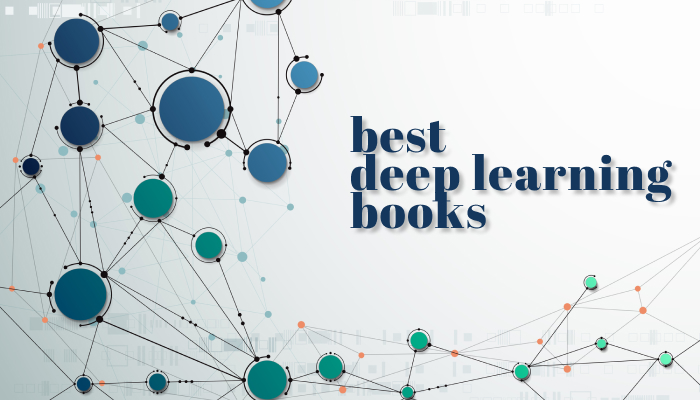
A Roundup Review of the Best Deep Learning Books
If you’re interested in starting out or expanding your knowledge in neural networks and deep learning, then this roundup review of the best deep learning books might be a good starting point. At the end of the article, we’ll cover some additional resources that cover machine learning and some other aspects of AI which are available free of charge. If you have an interesting and valuable suggestion we could have missed, please let us know in the comments below.
Deep Learning (Adaptive Computation and Machine Learning series) | Ian Goodfellow, Yoshua Bengio, Aaron Courville
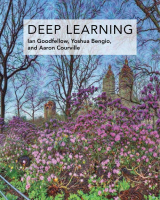
Deep Learning by Ian Goodfellow
Author’s Twitter: https://twitter.com/goodfellow_ian
Read free: https://www.deeplearningbook.org/ [in pdf: https://github.com/janishar/mit-deep-learning-book-pdf]
Publisher: The MIT Press
Publication date: November 18, 2016
Pages: 800 pages
Resources: Lectures; Exercises
Deep Learning is, perhaps, the only Bible of its kind written on artificial intelligence and machine learning, deep learning included. This is a mandatory read for students and academics, hence — be prepared for a highly technical and vastly academic language. The book is both available for free on the website and for a price on Amazon. There are also multiple resources available on the site, including lectures and exercises that go along with the book. There are three parts to the book, which starts with the Applied Math and Machine Learning Basics, then goes into Deep Networks and Modern Practices, and finishes with the Deep Learning Research. That’s quite a book, spanning across 800 pages, purely theoretical, you won’t find much of code here, nevertheless, that’s the most comprehensive book on deep learning ever written so far.
Here’s what Elon Musk had to say upon reading the book: “Written by three experts in the field, Deep Learning is the only comprehensive book on the subject. It provides [a] much-needed broad perspective and mathematical preliminaries for software engineers and students entering the field, and serves as a reference for authorities.”
Neural Networks and Deep Learning | Michael Nielsen
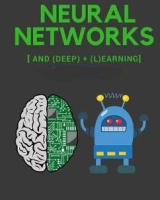
Neural Networks and Deep Learning by Michael Nielsen
Author’s Twitter: https://twitter.com/michael_nielsen
Read free: http://neuralnetworksanddeeplearning.com/
Publisher: Determination Press
Publication date: 2015
Pages: –
Resources: Code repo
Thanks to the unsparing and magnanimous generosity of Michael Nielsen, this book is available for free for anyone who wishes to master core concepts of neural networks and get a good grasp of deep learning techniques. Unlike the previous textbook, this one actually has lots of code, which you’ll write to solve complex pattern recognition problems, the knowledge you can later apply to tackle problems of your own creation. However, if you’re looking for a hands-on tutorial on a particular framework or list of libraries, then this book is not for you; conversely, if you want to understand what’s really going on in neural networks and how they work, then head on to the site and start working on your goal.
Unfortunately, the book doesn’t seem to be on Amazon, and I found it hard to find the book actually selling anywhere else; nevertheless, Nielson seems to update the site (the last update was made this June 2019). And even though the original publication date goes back to 2015, technologies come and go, but the underlying principles stay the same.
So what’s the book about? You’ll learn how deep learning works by tackling a specific and concrete problem — teaching a computer to recognize handwritten digits. You’ll certainly need to be able to write the code and have solid foundational programming knowledge in order to keep up paces with the book. Unfortunately, the code was written in Python 2.7, which is an outdated version of the technology, yet, you can still try it out on Python 3 with a bit of tweaking.
Deep Learning with Python | François Chollet
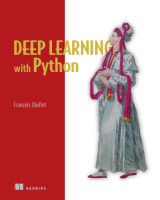
Deep Learning with Python by François Chollet
Author’s Twitter: https://twitter.com/fchollet
Read free: –
Publisher: Manning Publications
Publication date: December 22, 2017
Pages: 384 pages
Resources: –
Deep Learning with Python is written specifically for data scientists who are familiar with machine learning and would like to get a deeper understanding of how deep learning works. You definitely need to be somewhat proficient in Python and at least a little familiar with the Numpy library in order to follow the book along. While this book avoids mathematical notation and explains quantitative concepts via code snippets, it’s rather practical than theoretical and would be better used along with some theoretical companion of your choice. The code examples use the Python deep-learning framework Keras with TensorFlow as a backend engine. So if you already have a good grasp of deep learning principles and techniques but would like to get started with Keras, then this a great book to start with (it’s always good to brush over some basics and refresh your memory before you start with the framework). Upon completion of this book, you’ll be able to tackle real-world problems ranging from computer vision to natural language processing: image classification, time series forecasting, sentiment analysis, image and text generation, and more. If you’re looking for R books for deep learning, then I can recommend Deep Learning with R by the same author.
Grokking Deep Learning | Andrew Trask
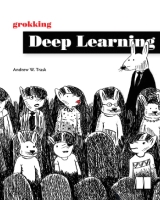
Grokking Deep Learning by Andrew Trask
Author’s Twitter: https://twitter.com/iamtrask
Read free: –
Publisher: Manning Publications
Publication date: January 25, 2019
Pages: 336 pages
Resources: –
Grokking Deep Learning is for those who have some knowledge and understanding of programming. Apart from that, there are no other prerequisites. With this book, you’ll learn how to build neural networks from scratch. In his engaging narrative, Tusk shows real science under the hood of deep learning and explains how it all works using Python and its math-supporting library Numpy. Upon completion of this book, you’ll be able to train your own neural networks to see and understand images, translate text into different languages, and even write like Shakespeare. Sounds intriguing? If yes, then head on to purchase the book! Moreover, the print book includes a free eBook in PDF, Kindle, and ePub formats, which is a tremendous advantage since you can’t purchase the Kindle version on its own.
However, the reviewers have been somewhat complaining about a few things in the book, including the validity and correctness of some of its code snippets and implementations which, as one reviewer put it, ‘create a misconstrued notion about how the deep learning networks work.’ Others mentioned that some of the practical examples missed a formal explanation. Overall, this book can’t be recommended on its own, but rather as a complement to a more formal study textbook with complete and explained examples.
TensorFlow Deep Learning Cookbook | Antonio Gulli, Amita Kapoor
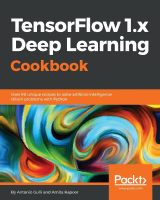
TensorFlow Deep Learning Cookbook by Antonio Gulli
Author’s Twitter: https://twitter.com/antoniogulli
Read free: –
Publisher: Packt Publishing
Publication date: December 12, 2017
Pages: 536 pages
Resources: –
For TensorFlow Deep Learning Cookbook you’ll need to have a solid knowledge of Python and some familiarity with Google’s TensorFlow 1.x. The book brushes over some deep learning concepts and machine learning theory at the beginning of the book followed by a recipe-based guide of implementing that said theory to solve real-life problems in the artificial intelligence domain. Upon completion of the book, you’ll be efficiently using TensorFlow, will have implemented different deep learning networks such as Convolutional Neural Networks (CNNs), Recurrent Neural Networks (RNNs), Deep Q-learning Networks (DQNs), and Generative Adversarial Networks (GANs), and will have learned how to set up Keras as a backend for your TensorFlow.
However, again, some reviewers noted that the book, unfortunately, contained a lot of technical and editorial errors, hence we can’t recommend it as a first choice for learning neural networks and TensorFlow. However, you might still give it a go after the publisher takes care of all the said errors.
Deep Learning: A Practitioners Approach | Josh Patterson, Adam Gibson – deep learning in Java
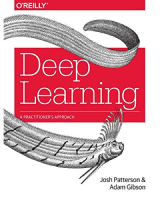
Deep Learning Practitioners Josh Patterson
Author’s Twitter: https://twitter.com/datametrician
Read free: –
Publisher: O’Reilly Media
Publication date: August 19, 2017
Pages: 532 pages
Resources: –
You’ll definitely need to have a solid grasp of programming concepts and Java programming language before delving into this book. There would be a little theory provided in the beginning before the introduction of the open-source library that the authors created, namely Deeplearning4j (DL4J). By utilizing the library and working through real-world examples, you’ll learn methods and strategies for training deep network architectures and running deep learning workflows on Spark and Hadoop with DL4J. While the book received some praise from the community, it still might not be a good start for the introduction into deep learning concepts. Some critics suggested renaming the book from Deep Learning to “A Practical Guide to Deep Learning with DL4J”. The deeper caveat is perhaps that you’ll need to buy several other reference books to get to the deep details of the learning process in each category.
Deep Learning for Computer Vision with Python | Adrian Rosebrock
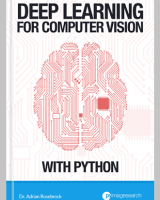
Deep Learning for Computer Vision with Python by Adrian Rosebrock
Author’s Twitter: https://twitter.com/PyImageSearch
Read free: –
Publisher:
Publication date:
Pages: –
Resources: –
This book is sold in a set of three packages, which you can choose from: a starter bundle for 145 dollars, practitioner bundle for 295 dollars, and finally ImageNet bundle for 645 dollars. Let’s break down each package and see what they include.
The starter bundle is obviously for those who are on a tight budget (I would not blame you, it’s still around 150 dollars, which is not that cheap) or for those who are just starting out and not ready to invest half a thousand bucks into a pig in a poke. Anyway, all chapters here are in PDF, EPUB, and MOBI format with video tutorials along the way for each chapter and source code listings for your convenience; you’ll also get a pre-configured Ubuntu VirtualBox virtual machine that ships all the necessary Python and DL libraries; moreover you’ll get free updates as soon as the book’s updated by the author.
Now the practitioner bundle is written specifically for those who want to study deep learning for computer vision in-depth. This bundle covers more advanced techniques and algorithms and provides demonstrations on how to train networks to compete in popular image classification challenges. Again, all chapters are in electronic format with videos for each chapter, source code listings, pre-configured Ubuntu VirtualBox virtual machine, and free updates.
And the ImageNet bundle is what the author calls the most complete bundle for those who are super serious about mastering deep learning concepts for computer vision. If you want to learn how to train large-scale deep neural networks, this is the bundle to go. It’s also the only bundle that provides a hard copy of the book mailed to your doorstep along with, of course, other electronic formats available. In this package, the author demonstrates how to construct an entire Python framework to train network architectures such as AlexNet, VGGNet, SqueezeNet, GoogLeNet, and ResNet from scratch on the challenging ImageNet dataset. Moreover, by the end of the course, you’ll be able to reproduce the results you’ve also been meaning to and seen in popular deep learning publications and articles.
The Hundred-Page Machine Learning Book | Andriy Burkov
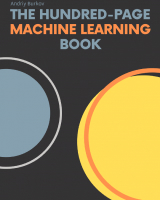
The Hundred-Page Machine Learning Book
Author’s Twitter: https://twitter.com/burkov
Read free: —
Publisher: Andriy Burkov
Publication date: January 13, 2019
Pages: 160 pages
Resources: —
This is a bonus book for those interested in general machine learning concepts rather than deep learning specifically. The book is just fresh out of the oven, has been published at the beginning of this year, so up to date with all current technologies. Despite it being relatively new, it has already received an ample amount of positive feedback with critics praising the book for conciseness, quality of materials, and engaging a simple style of writing. The book is for anyone who wishes to understand basic machine learning concepts and get a comfortable level of understanding of the field and proceed further in their careers by deep diving into a particular area of machine learning they’d like to master. There are multiple QR codes in the book that will give you access to supporting materials, such as recommended readings, videos, Q&As, code snippets, additional tutorials, and other undisclosed bonuses, all of which are said to be regularly updated. While this book certainly gives the shortest overview of machine learning, it still lacks an adequate amount of explanations and high-quality working examples. Perhaps, it’s best used as a companion or a reference book to brush over key ideas or remind yourself of existing concepts.
Other invaluable free resources (h2o, scikit-learn & nlp deep learning books)
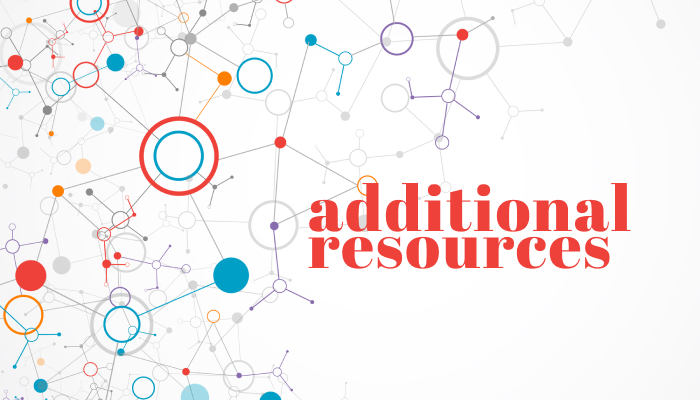
Additional Resources
Booklet: Deep Learning with Deep Water | Wen Phan, Magnus Stensmo, et. al.
Read free: https://www.h2o.ai/wp-content/uploads/2019/02/DeepWater-BOOKLET.pdf
Publisher: H2O.ai, Inc
Publication date: November 2017
Pages: 36 pages
Resources: https://www.h2o.ai/resources/
Booklet: Deep Learning with H2O | Arno Candel, Erin LeDell
Read free: http://docs.h2o.ai/h2o/latest-stable/h2o-docs/booklets/DeepLearningBooklet.pdf
Publisher: H2O.ai, Inc
Publication date: September 2019
Pages: 55 pages
Resources: https://www.h2o.ai/resources/
Book: Natural Language Processing with Python | by Steven Bird, Ewan Klein & Edward Loper
Read free: http://www.nltk.org/book/
Publisher: O’Reilly Media
Publication date: July 10, 2009
Pages: 504 pages
Resources: —
Book: Text Mining with R | by Julia Silge and David Robinson
Read free: http://tidytextmining.com/
Publisher: O’Reilly Media
Publication date: July 2, 2017
Pages: 194 pages
Resources: https://github.com/dgrtwo/tidy-text-mining
Book: Hands-On Machine Learning with Scikit-Learn and TensorFlow: Concepts, Tools, and Techniques to Build Intelligent Systems
Read free: Hands-On Free Version
Publisher: O’Reilly Media
Publication date: April 9, 2017
Pages: 574 pages
Resources: —
Materials on the blog:
Deep Learning vs Machine Learning
JS Machine Learning & Data Science Libraries








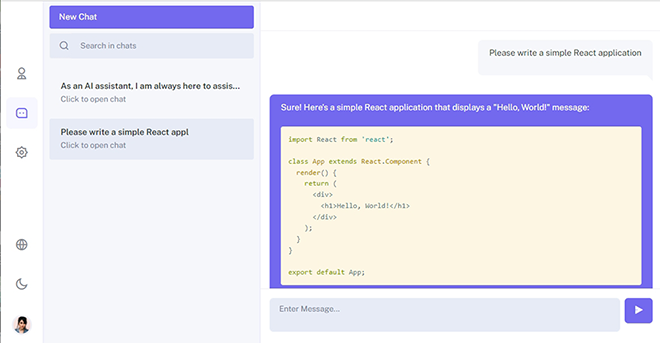
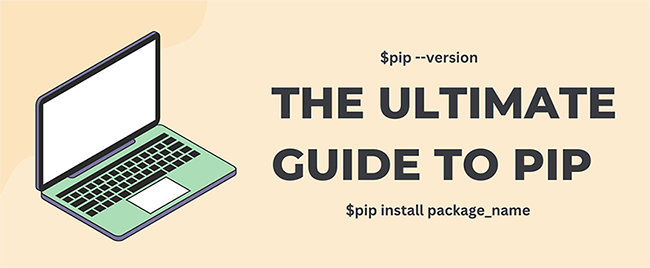
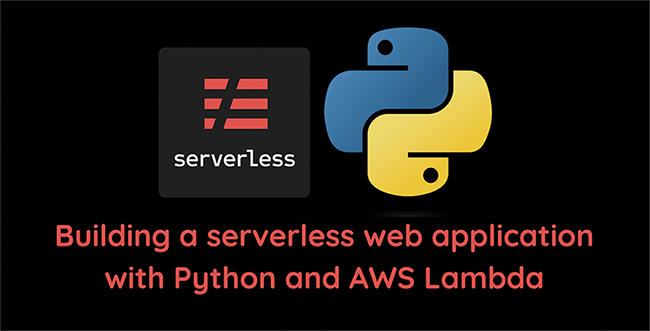
No comments yet